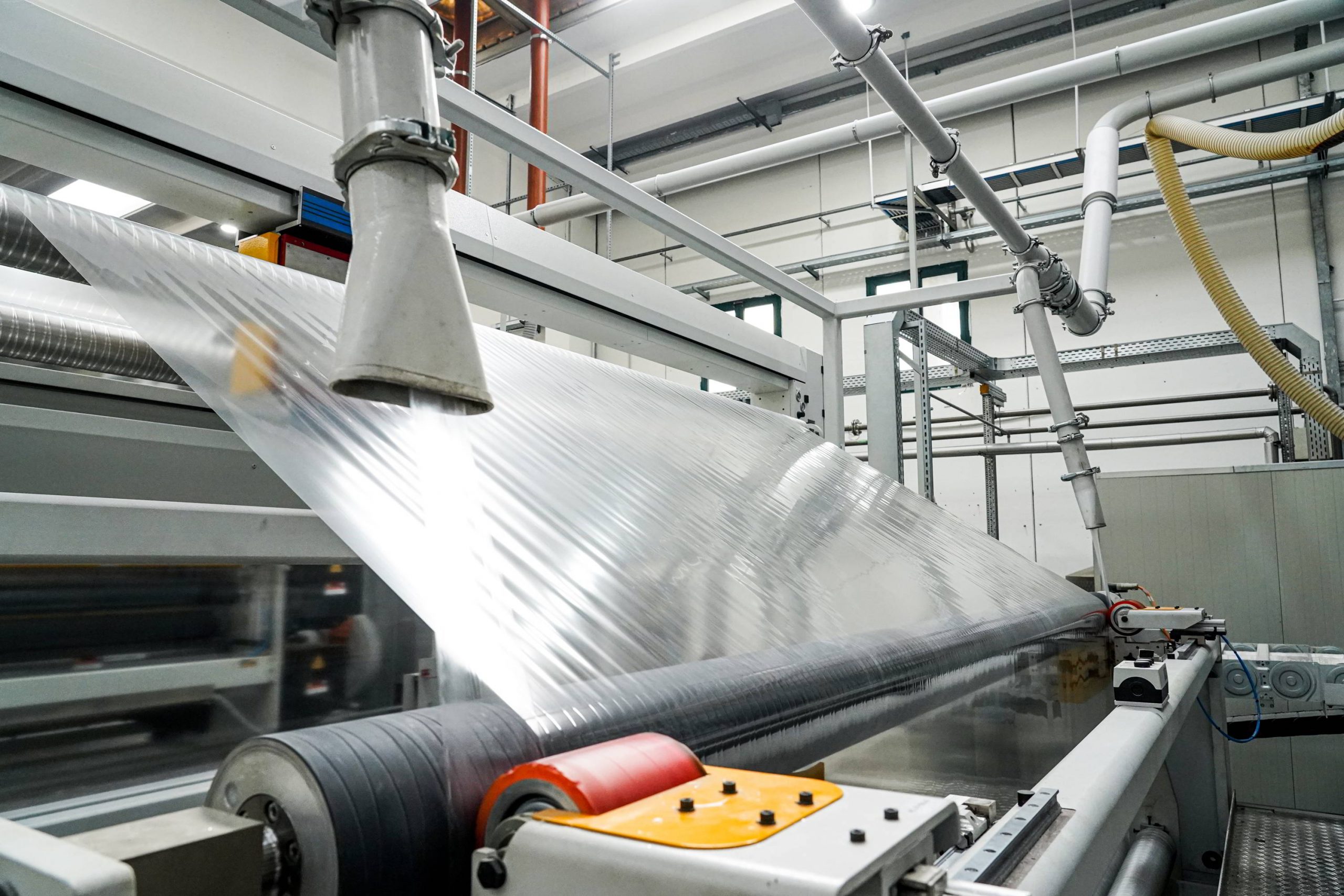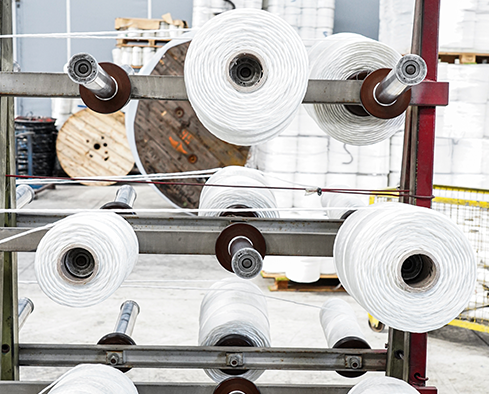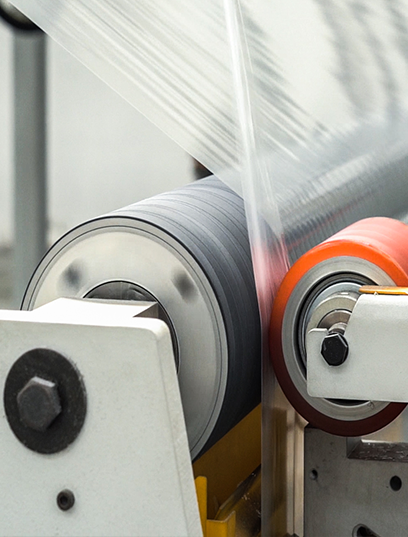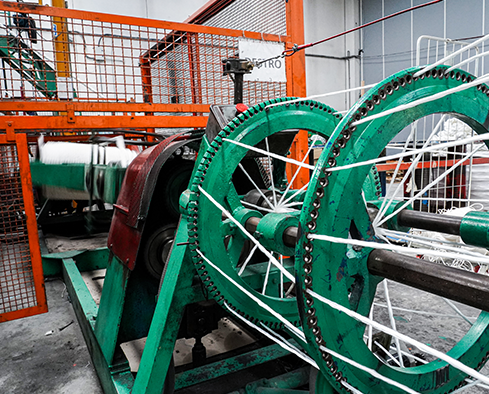In a specific sector like the food industry, the use of flexible packaging can be a particularly smart move for product positioning and sales. Flexographic printing is the system used for packaging that not only ensures the maximum preservation of the final product but also addresses environmental considerations.
What is Flexographic Printing and How Does It Work?
Flexographic printing is a specialized rotary printing method used for food packaging on plastic films of varying thicknesses, offering detailed results.
The primary advantage of flexographic printing is its ability to provide customers with printed items they need in a relatively short time, even for small print runs, making it a cost-effective choice.
Flexographic printing allows the use of solvent/water-based inks. The use of solvent/water-based inks in flexographic printing is crucial for various reasons, including enhancing the biodegradability of packaging, ensuring buyer safety, and preserving the safety of food within plastic food packaging.
In the flexographic process, the food packaging material rotates between rollers, transferring ink to the printing substrate through direct contact. This method is environmentally friendly and compliant with the sanitary standards required for food packaging.





